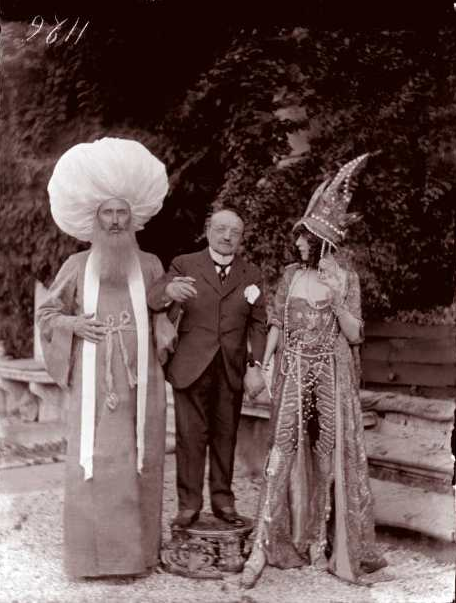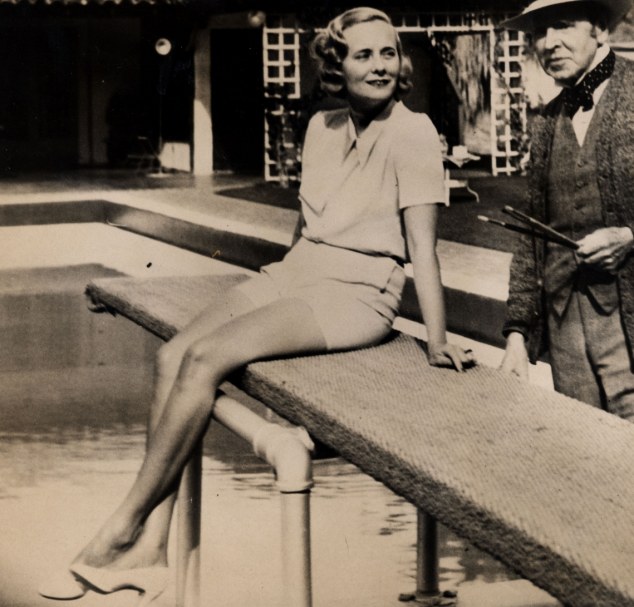If you’ve ever had the pleasure of visiting (or living in!) Savannah, Georgia you know just how charming a place it is. Historic homes are one of this city’s most divine treasures and the Owens-Thomas House is no exception. With its fine English Regency architecture and pink interior walls, it was a stand out to moi while I was devouring every page of Historic Houses of the South from Southern Accents published in 1984.

A cast iron balcony on the south side of the house. It was painted to resemble stone, they thought of everything back then! On a visit to Savannah, Marquis de Lafayette addressed eager townspeople from this very veranda. This French patriot was celebrated by Americans as a Revolutionary War hero.
Now, according to the Telfair Museum website which offers Owens-Thomas House tours in 15 minute increments, picture taking is prohibited inside the home so think of this as a behind the gates tour, albeit from 32 years ago. Since this house was completed in 1819, what’s three decades, no?
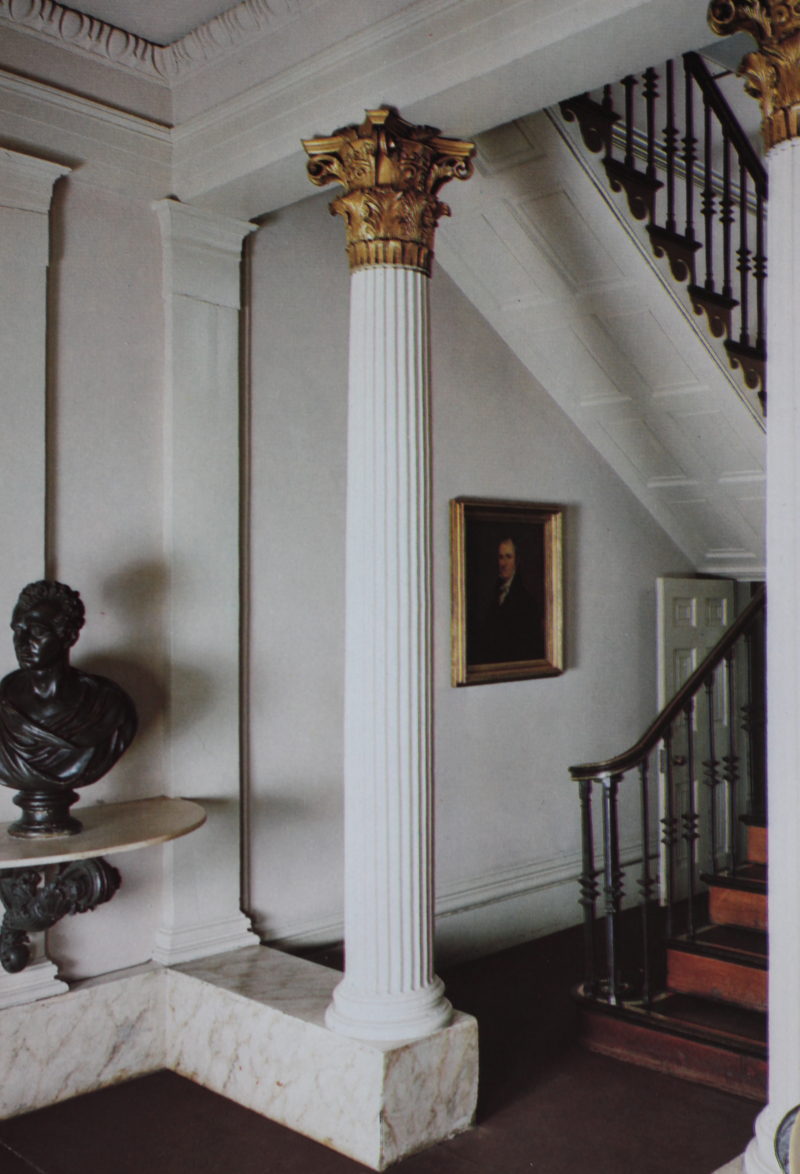
In the vestibule, you can say hello to busts of Lord Byron and Sir Walter Scott and marvel at the Greek Corinthian order columns with gilded capitals. The staircase? Oh, just some iron balusters and a mahogany handrail with inlaid brass.
A vision brought to life by a young (think 21-year-old) English architect, William Jay, for prominent Savannah banker and merchant Richard Richardson, this two-story stunner was very much a la mode in its heyday. Colonial Trustee James Oglethorpe, of which Oglethorpe Square is named for, would have been pinching himself at the sight of this grand structure sitting pretty on a corner Trust lot that he had laid out for the oldest part of the city in 1733. Jay set out to bring Bath, England to Savannah, Georgia using Bath stone for the exterior and elegant architectural details throughout the home.

In the reception room, a neoclassical style ceiling is complimented by pink walls, a mantlepiece attributed to English sculptor Richard Westmacott, Jr. and a portrait of the architect’s sister, Anne Jay Bolton, by William Etty.
A dwindling Savannah economy and the death of the lady of the house led Richardson to sell the home just three years after moving in. For eight years, it served as a fancy boarding house until the Mayor of Savannah, George Welchman Owens, purchased it in 1930. The Owens family and their descendants enjoyed the home as their own for 121 years.

Be still my beating heart! Light pink walls and an impressive Chinese porcelain collection are the crowning jewel for me in the dining room. The banquet table and chairs are American from Philadelphia. Stained dark and light alternately, the floors are quite a sight and original to the house.
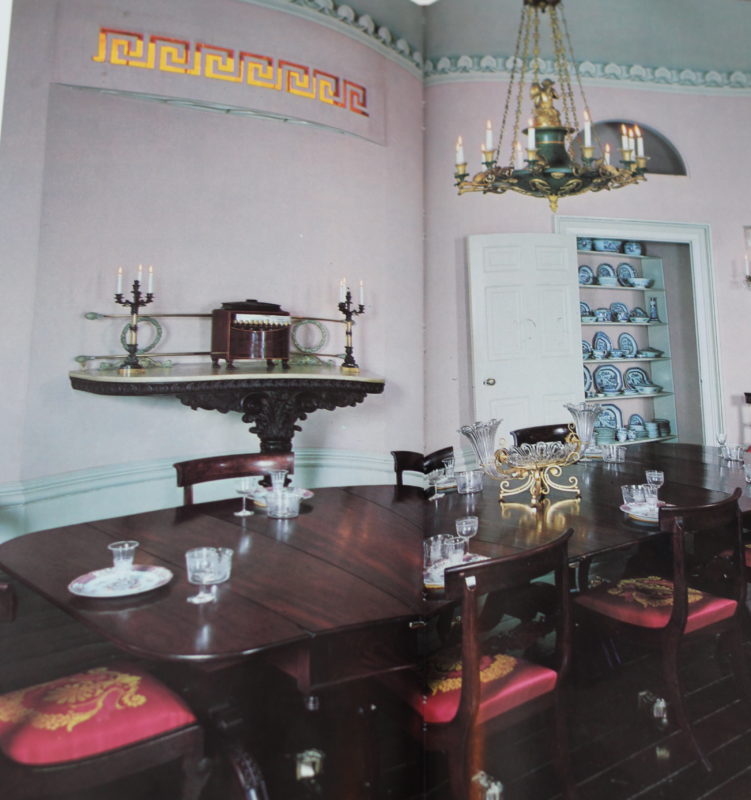
Perhaps the most unusual design element in the Owens-Thomas House is the Greek Key filagreed glass seen at the top of the shallow dining room niche that lets in indirect light.
Margaret Gray Thomas, granddaughter to George Owens, was the last person to own the home before bequeathing it to the Telfair Academy of Arts and Science upon her death in 1951. She enjoyed spending time in the garden and collecting antiques to showcase in the home. The formal reception room and dining room were left decorated just as they were in the 1820s while two apartments were added upstairs and one was still inhabited with a tenant when the house was turned over to Telfair. I would have been reluctant to decamp such a gorgeous abode too!

The master bedroom with its original Regency bed, circa 1800, that Ms. Thomas was born, slept and died in. The rug is Turkish Oushak and atop it sits a lovely New York State Regency table and Sheraton fancy chairs.
As for William Jay, he is credited with creating the finest example of English Regency in the United States. His other exquisite Savannah landmarks include the Alexander Telfair House, the Scarborough house and an attribution to the Gordon-Low House (Girl Scouts will know all about this one!). He was appointed architect of the South Carolina Board of Public Works shortly after his tour de building force in Savannah. You can catch another one of his magnificent structures on Meeting Street in Charleston; known as the Smith House. Jay would return to England, become bankrupt and work on the island of Mauritius in the Indian Ocean until his untimely death in 1837.
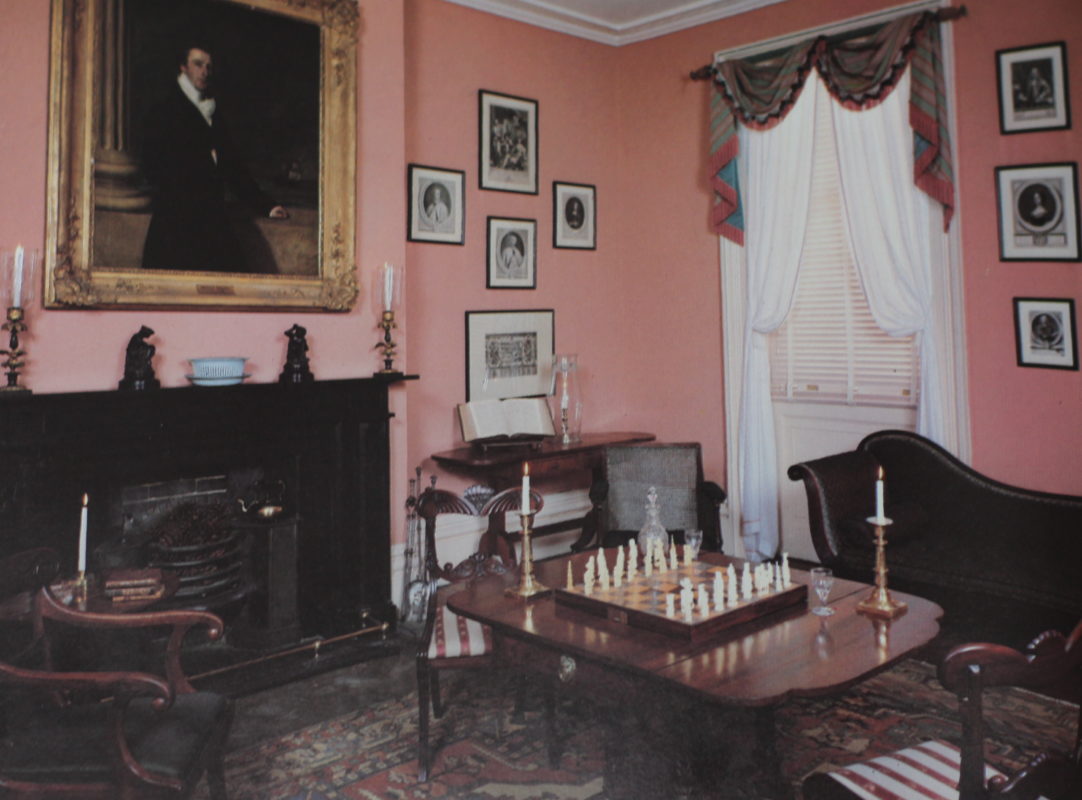
19th century American furniture decks out the second floor sitting room and library. A portrait of William Jay’s brother-in-law graces the mantel.
Savannah merchant Petit de Villiers penned to a friend in 1819, “there are several houses in Savannah that would be an ornament to any city,” the restrained yet majestic Owens-Thomas House serves as a shining beacon of this sentiment.
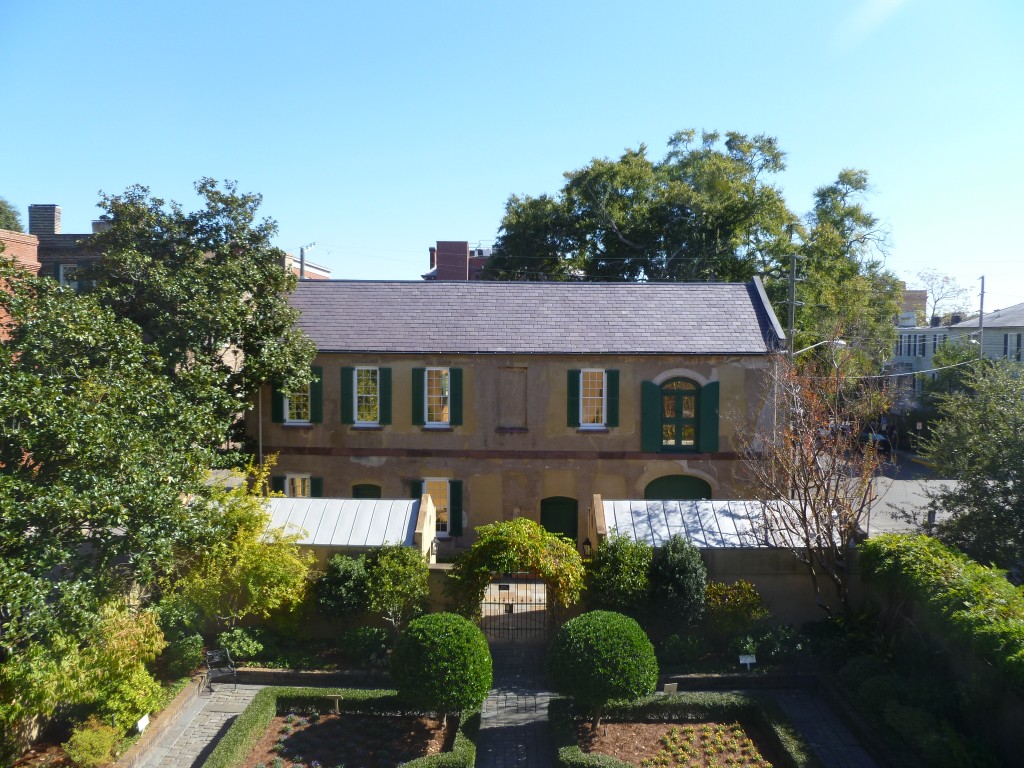
A view of the Owens-Thomas Carriage House and Gardens. Image via Telfair Museums.
Have any of you visited this historic home? I would love to hear your thoughts on it!




